At the very top of an official Maserati document that explains how and why the company aims to lift its sales fivefold to 75,000 units by 2018, there’s a bold new strapline that shows how this rejuvenated Italian marque believes it should be regarded. Maserati, which turns 100 today, claims it is “the absolute opposite of ordinary”.
As we sit in his bare office, surrounded by the hubbub of the Paris motor show, it occurs to me that this description could just as easily be applied to the company’s boss of the past six years, Harald Wester, as to the six-model Maserati range that he is constructing – because this softly spoken engineer breaks most of the rules that make a typical Italian car industry boss.
Wester is German, not Italian. He is a qualified engineer, and a lifelong lover of fine engineering, who cut his teeth working on some of Volkswagen’s key conceptual projects, well away from the Volkswagen Golf-Volkswagen Polo-Volkswagen Passat mainstream.
In his early 40s, he changed companies and countries to spend all but two of the subsequent 15 years helping to make better Fiat Group cars in every niche and price, rapidly climbing the greasy management pole in the process.
Unlike many other able managers, Wester has retained the respect and support of Sergio Marchionne, the mercurial chief of the Fiat-Chrysler group (or FCA, as it is now known) who is well known for quick and ruthless management changes if the mood takes him.
Wester’s steadiness and dependable car making skills in such a tough environment have rapidly increased his influence: since the Maserati appointment in August 2008, he has taken the reins at both Abarth (2009) and Alfa Romeo (2010). This, he says, is enough to be going on with.
At Maserati, Wester can now cite impressive successes. It may only be a small contribution to FCA’s hoped-for sales jump from 4.4 million to 7m sales by 2018 – sixth position in world manufacturing terms – but Maserati’s projected volume of 35,000 this year will more than double last year’s already increased tally.
Volume is looking good for 50,000 units next year, after which the planned SUV, the Levante, will hit showrooms at a volume tipped to exceed 25,000 units. Given all this, the 75,000 target is looking relatively safe, in Fiat terms at least.
Not that Wester would think of making such boasts. He is a compact man of 56, with a friendly face, amused eyes, a well-developed sense of humour and a fine line in quick ripostes. He relies on his listeners’ perception of an intelligent approach to earn their respect, rather than a loud voice and a lot of bombast.
If his reputation among his peers is any guide, it works very well. “Harald is a very clever bloke,” says one European contemporary. “He knows how to build good cars quickly but, most of all, he stays calm and clear-headed when the explosions are going off. That’s a major asset these days.”
Although I suspect that Wester wouldn’t disagree with the last part of that assessment, when I ask him to spell out the future relationship between Maserati and Alfa Romeo – previously presumed to be very close – he defines the need for clear thinking much more formally for my notebook.
“It’s vital to have the best possible idea of what your brands stand for,” he says, “and about their positioning and price structure relative to one another. There should not be much overlap – you don’t want everyone doing a little bit of everything.”
Here I look for a grin or twitch that implies a criticism of the VW Group, where at least four marques seem to do ‘a little bit of everything’. There is none. Wester has made it clear in previous meetings that he retains great respect for the company that provided his formative skills. Nevertheless, at Maserati-Alfa-Abarth, he will do things differently.
Which is why the five-tier, six-strong model range that he is constructing at Maserati will use architecture not to be shared by any other brand, and why Alfa Romeo, which once looked certain to use powertrain components donated by Maserati, now will not.
Instead, Maserati will emphasise its upmarket position by using own-tune versions of turbocharged V6 and V8 engines made in Maranello by Ferrari. As Wester proudly points out, the engines are the work of Paolo Martinelli, previously in charge of Ferrari’s F1 engine design.
Just outside our office, the Alfieri concept car is drawing eyes by the thousand. It is named for the most creative of the company’s five founders. (“Maserati began with five brothers”, says the company blurb, “four mechanics and an artist.”) In Paris, it is still officially a styling model, but this is the second time that it has been shown.
The first time, at Geneva last March, it won great critical acclaim and the nod and wink from Maserati people says that this is how production cars will look.
With the debut of the Alfieri, the proposed six-model range to be completed by 2018 will be half complete. The big refresh began last year with the latest Maserati Quattroporte, which moved the luxury four-door closer to the premium mainstream and introduced the all-new architecture and running gear to be used by successive models.
Next came the Ghibli, a bidder for Mercedes-Benz E-class and BMW 5-series customers (and the first Maser in 100 years to feature a diesel engine). You can still buy a Granturismo and Grancabrio, which will be the last of the line to be replaced.
Next of the new cars will be the Levante SUV. It will utilise Ghibli underpinnings and doubtless pioneer the permanent 4x4 system that Maserati intends eventually to offer in all its models bar the most expensive coupé, due in 2018.
After the Levante will come the Alfieri, probably at the end of 2016, built on a short-wheelbase iteration of the familiar architecture. The coupé will be followed by a cabrio six to 12 months later. Proposed as 2+2s, these cars will compete for the market in which the Jaguar F-Type has been so successful.
The Granturismo’s replacement will complete the six-model range in time for the 2018 model year. It will be available in rear-wheel drive only and be powered by a 560bhp-plus version of the Ferrari twin-turbo V8. As things stand, there will be no drop-top. Maserati’s experience has been that demand for £100,000-plus convertibles is far lower than in the category below, which is where it will concentrate its fire.
Wester talks a lot in our 45 minutes together about “the purity of the Maserati brand” and believes that he is well on the way to achieving it.
He cites the important components as the Ferrari-derived powertrains (which will incorporate eight-speed paddle-shift ZF autos), a unique set of driving characteristics, handmade Italian interiors (although the steel and aluminium bodyshells and suspensions will be made by a highly automated process) and a unique design philosophy provided and honed by Lorenzo Ramaciotti, the former guiding light at the Pininfarina design house who penned the original Granturismo coupé and has strongly influenced modern Maseratis since.
Wester cites Maserati’s future rivals as “all the big boys”, meaning Mercedes, Audi, BMW and the usual suspects, who will all continue to have bigger sales in the luxury car market even after Maserati reaches its 75,000 foreseeable peak. This, he says, will make Maseratis more exclusive than the rest, even at higher volumes than before.
My time with Wester is running out. I’m keen to know how Maserati’s manufacturing economics will stand up against companies that can use even greater economies of scale.
Wester believes that they will and has the calculations to prove it. “With so many more models than we have had before and so many shared components, we should be able to compete very well,” says Wester. “Of course, we have to hit our sales targets.”
Building the dealer network, which holds the key to bigger sales and especially to repeat business, is well under way. Last year, there were 230 dealers worldwide. By the end of next year, there will be 450.
Wester prefers solus Maserati premises, he says, because at the new volumes, it will be necessary to have a “mature” plan for selling the cars that customers bring as trade-ins. The biggest markets, as now, will continue to be the US and China, although China has challenges that the company didn’t necessarily anticipate.
“There are many new things to understand about China,” says Wester. “It’s a huge market, for sure, and it has great potential, but its buyers are quite different from those elsewhere. For instance, the Quattroporte outsells the Ghibli there, 40 per cent of buyers are women, and the average buying age is under 40. That makes it unique.”
Wester is delighted with the credentials of buyers being attracted to the new-wave Maseratis. “They’re genuine enthusiasts,” he says, “people who love to drive and who see owning a car like this as so much more than a means of transportation. The blogs are showing us that the people we’re getting are the people we want.”
Get the latest car news, reviews and galleries from Autocar direct to your inbox every week. Enter your email address below:

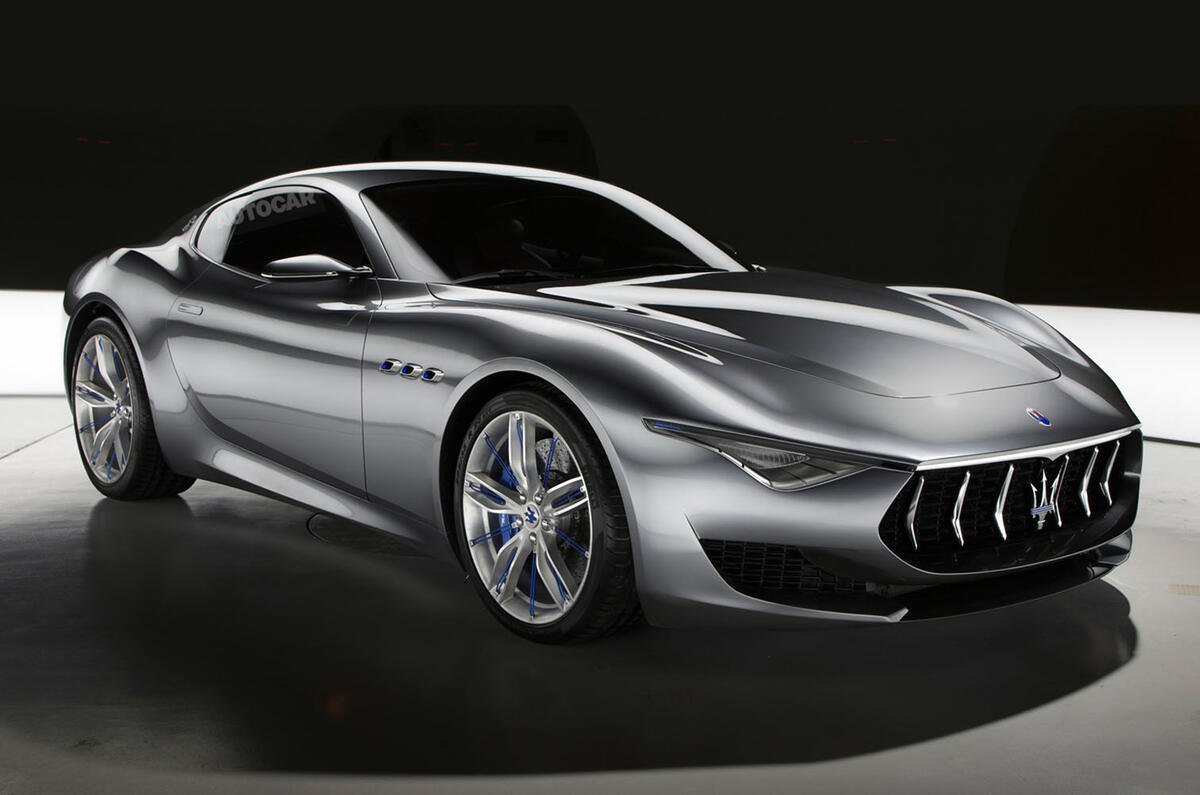
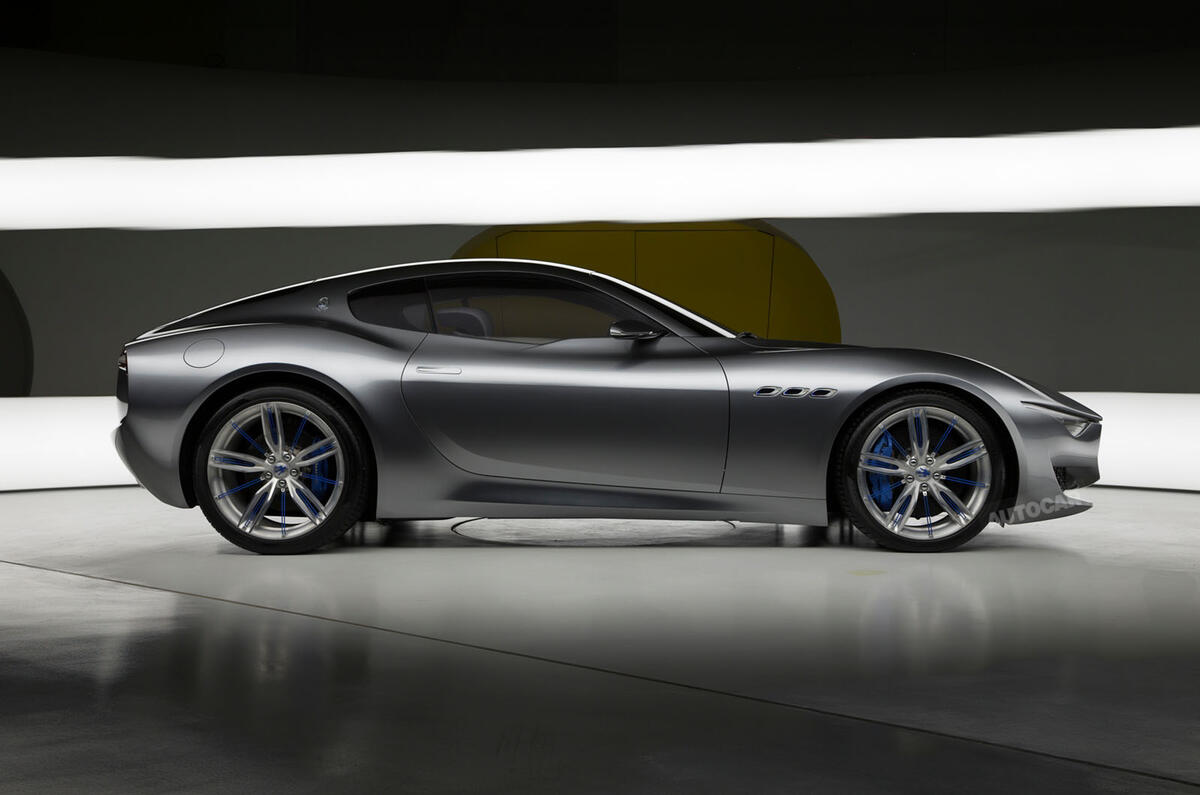
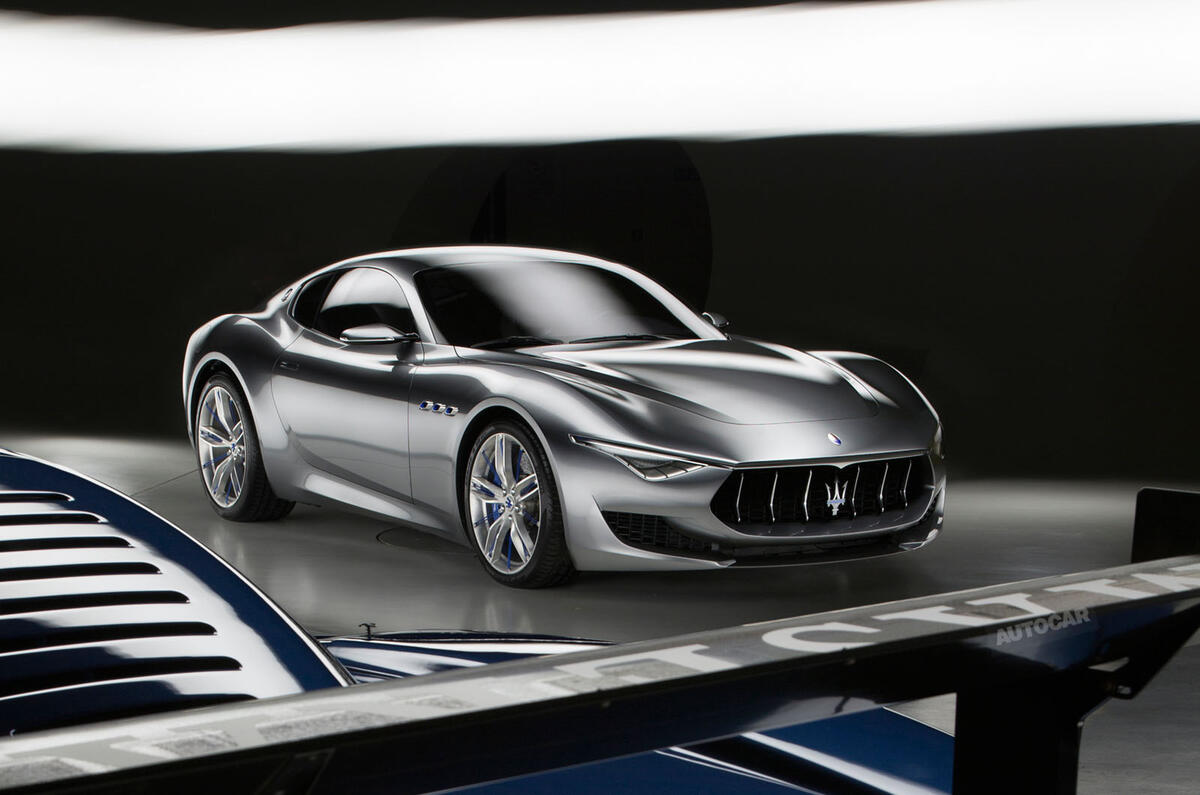
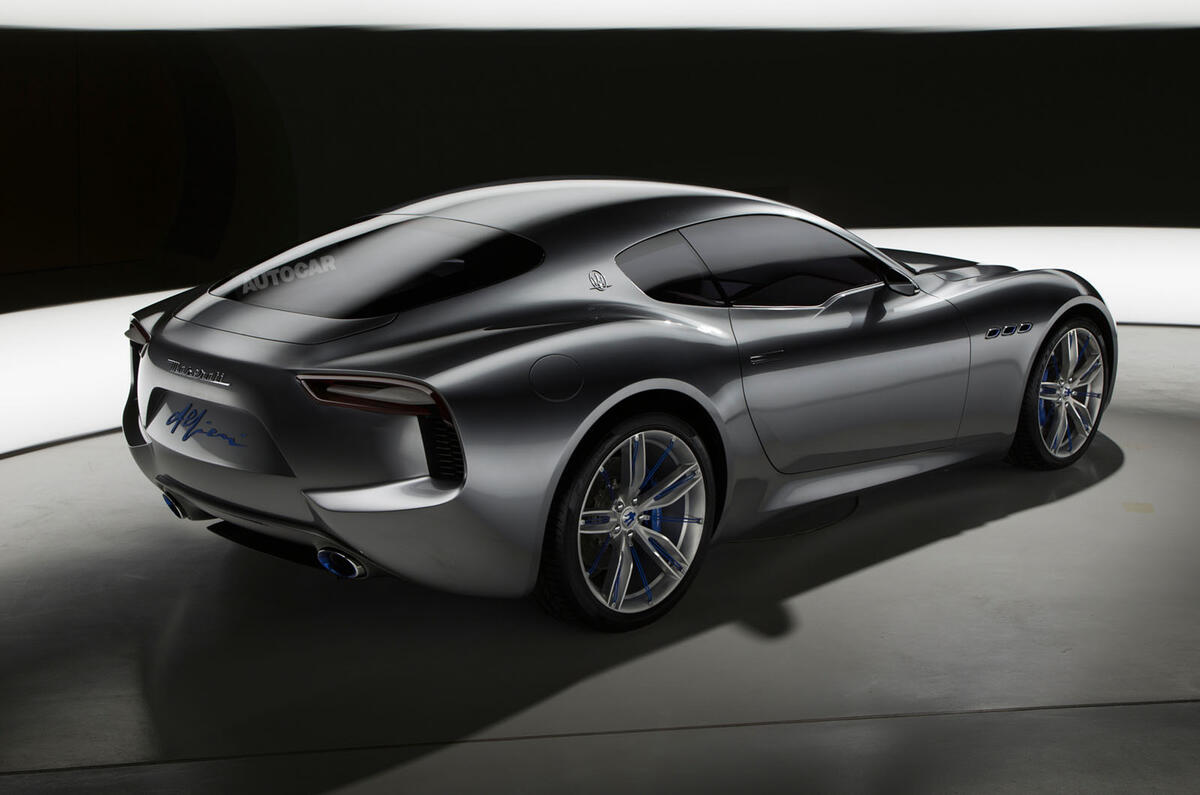
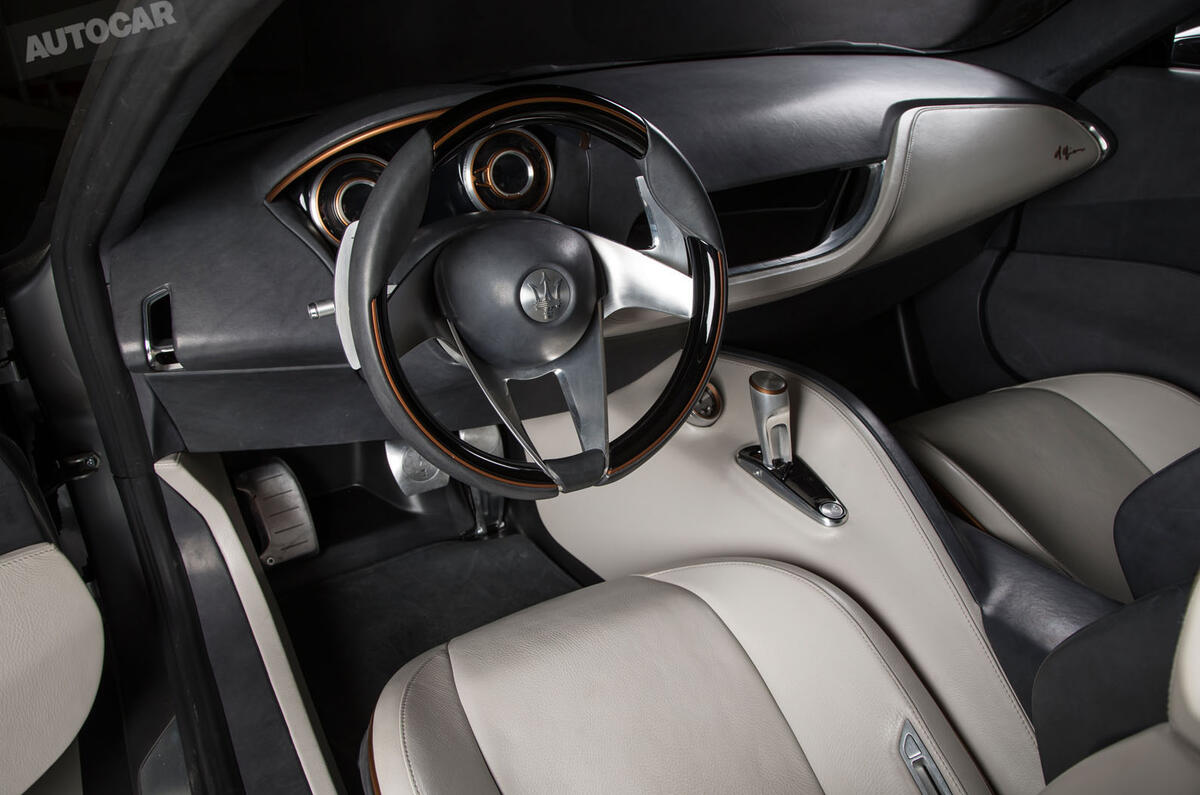
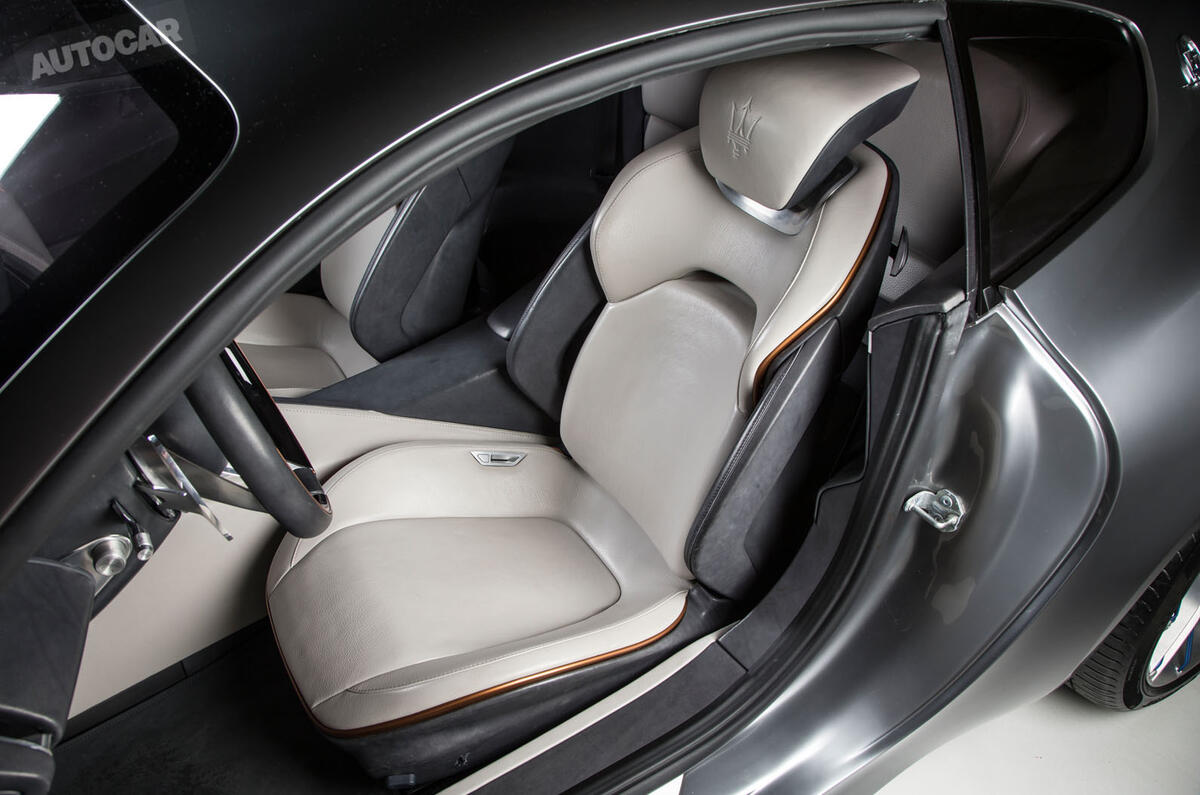
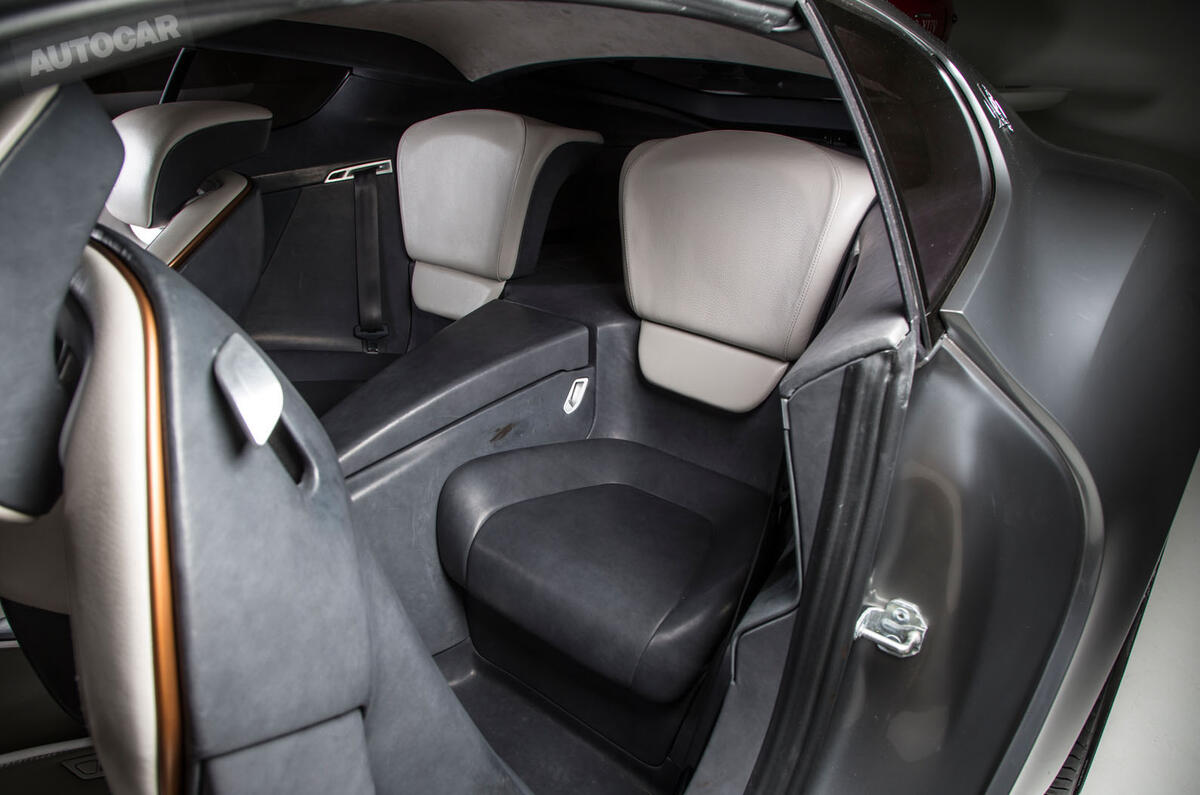
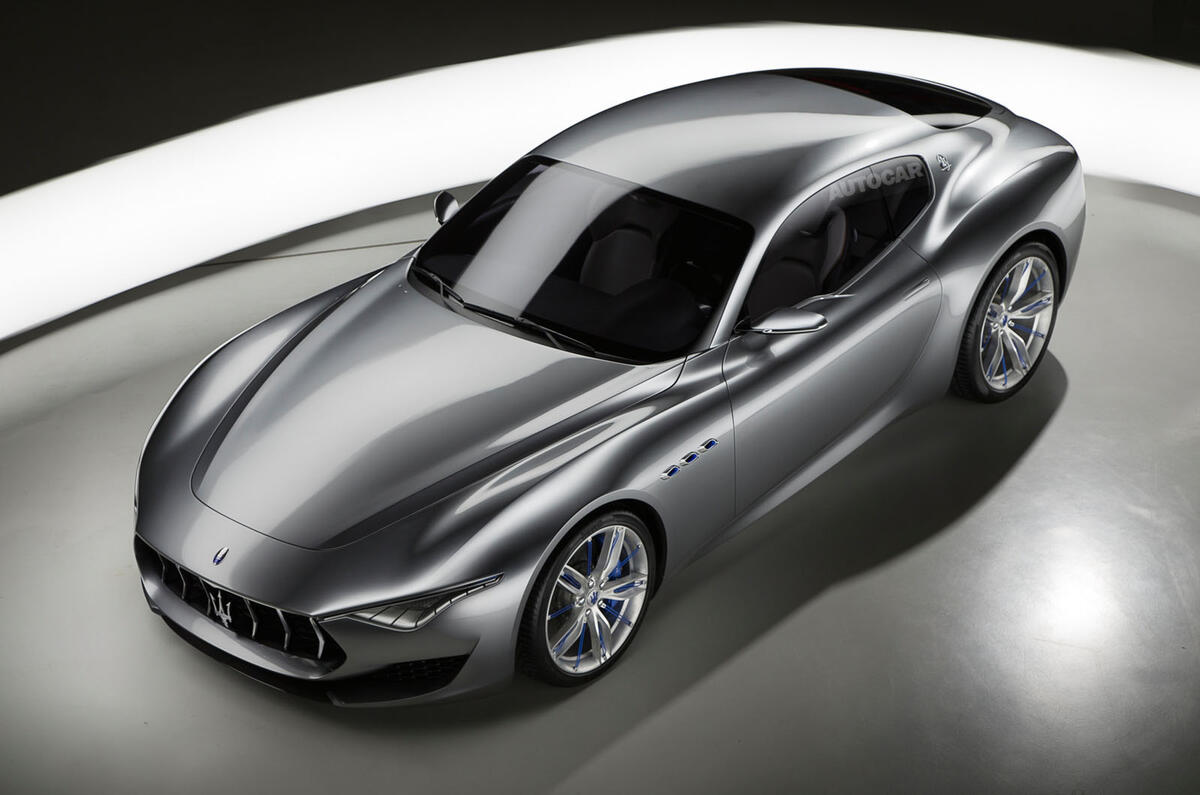
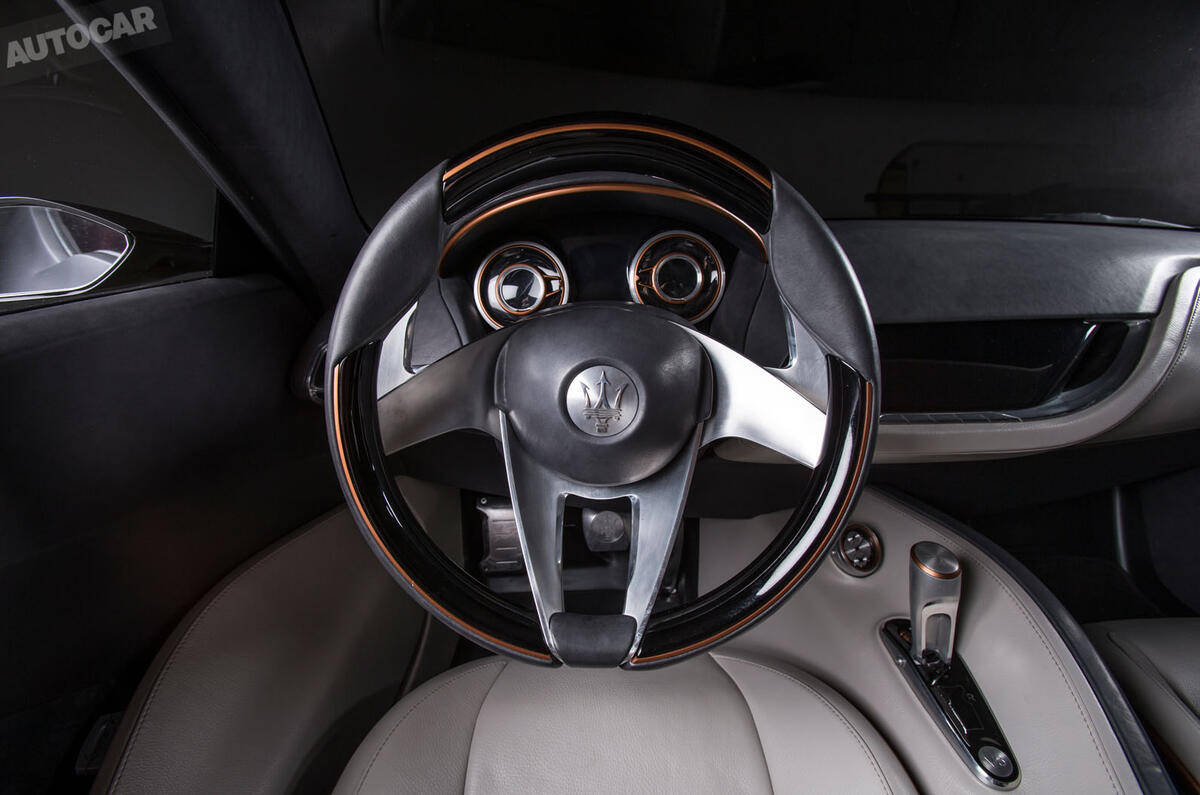
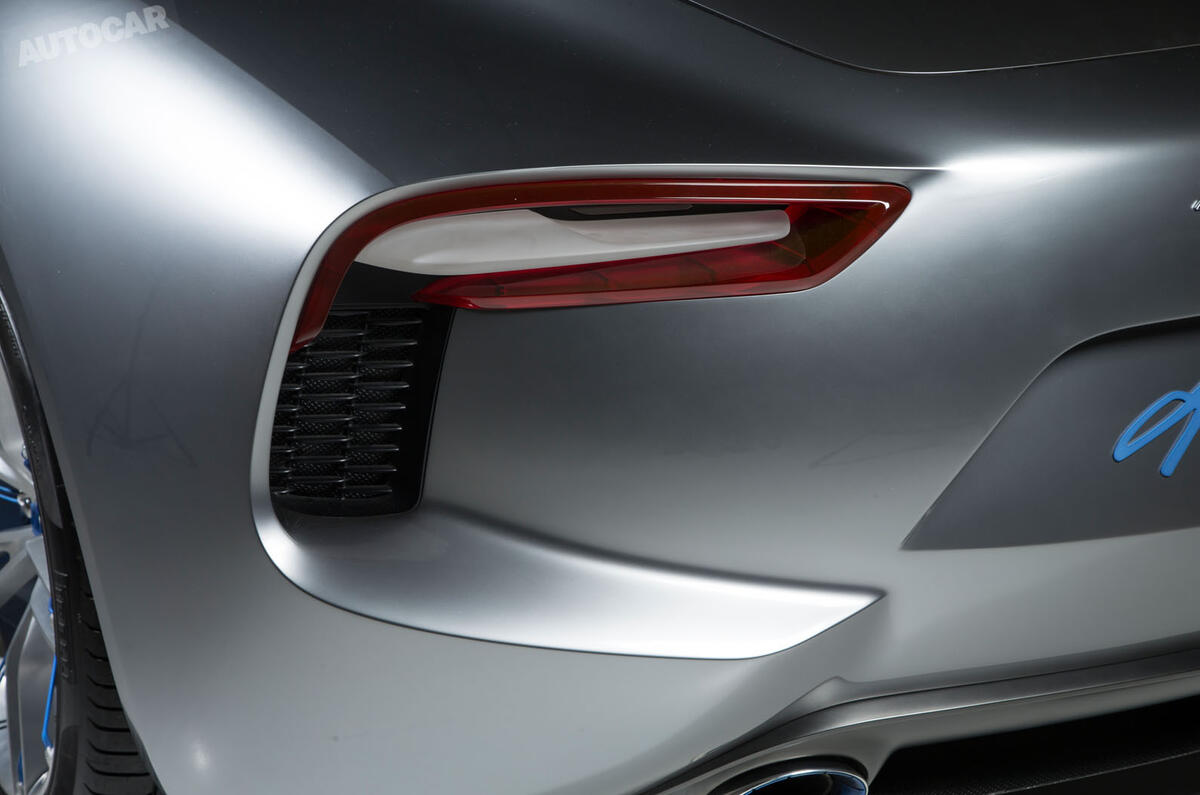
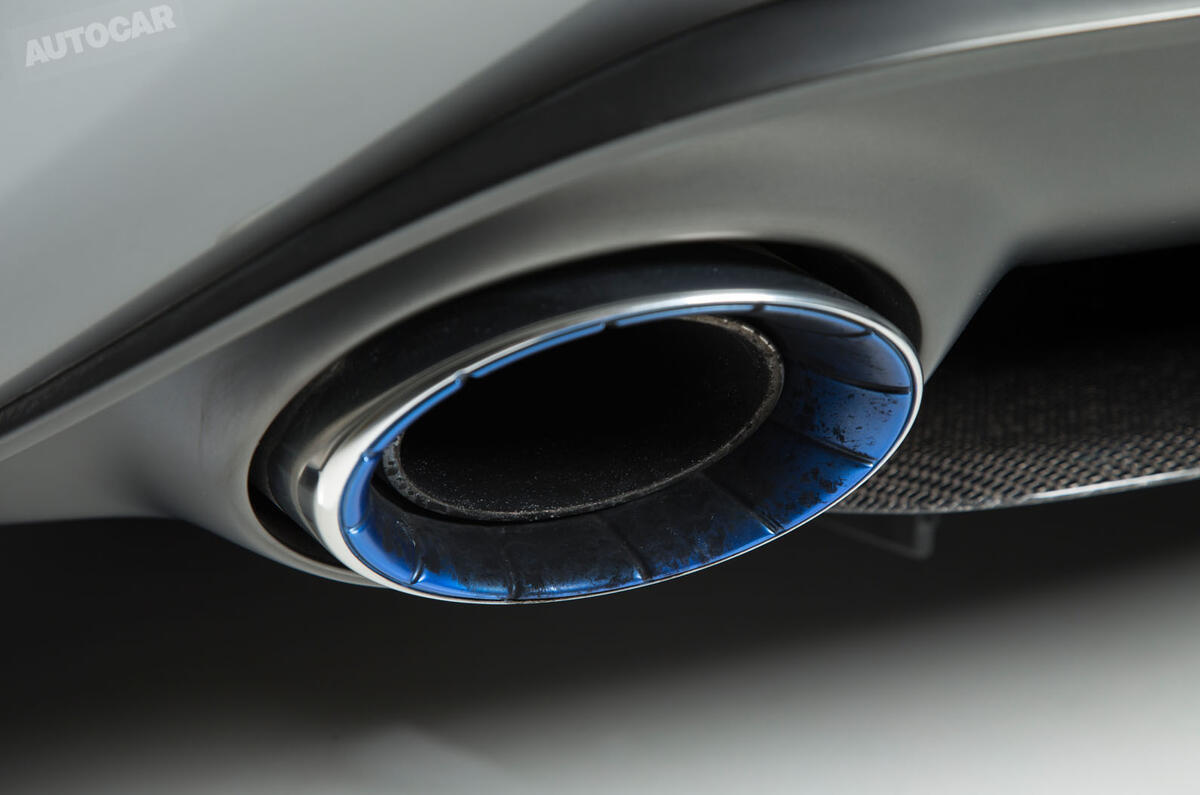
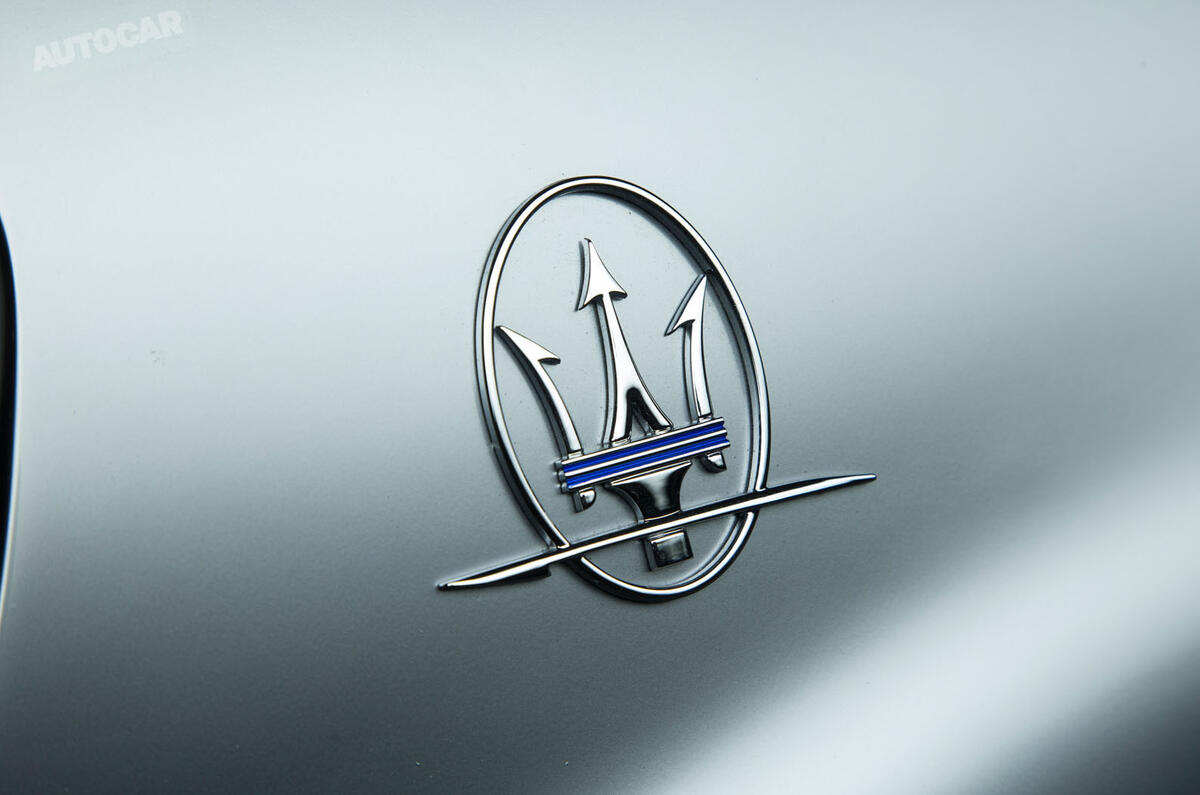
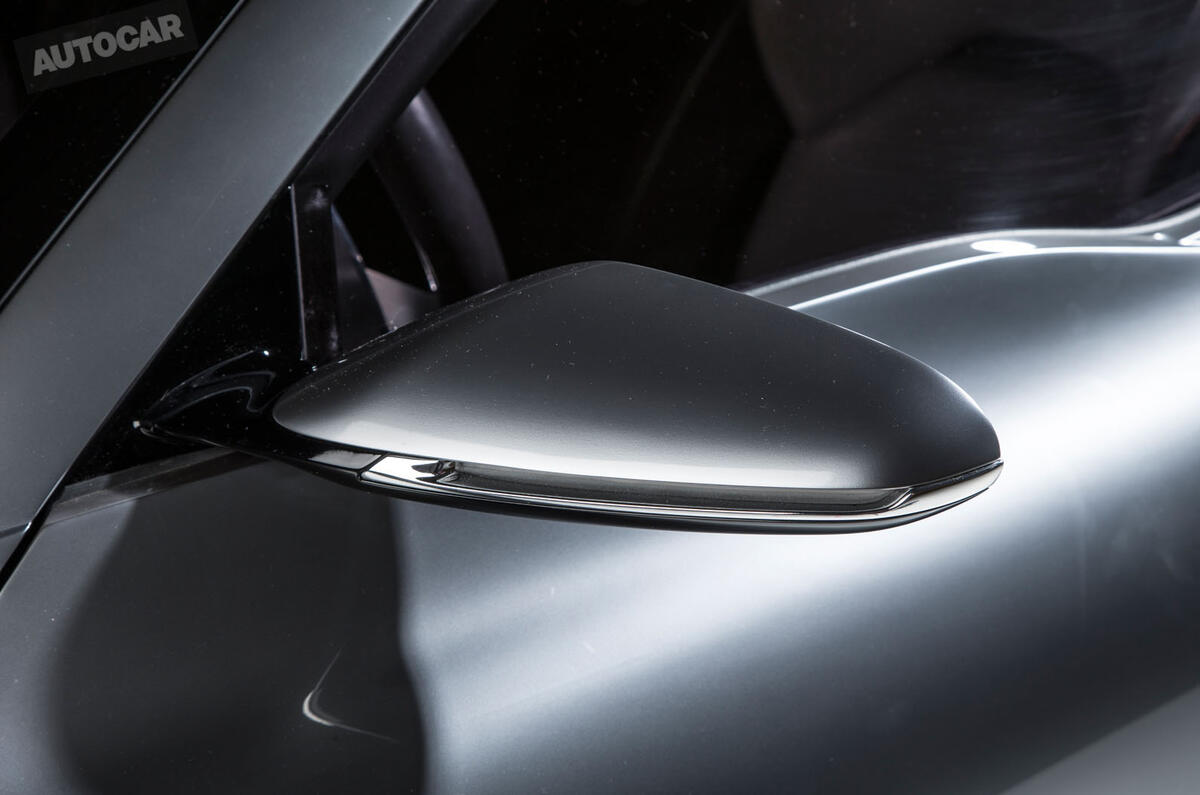
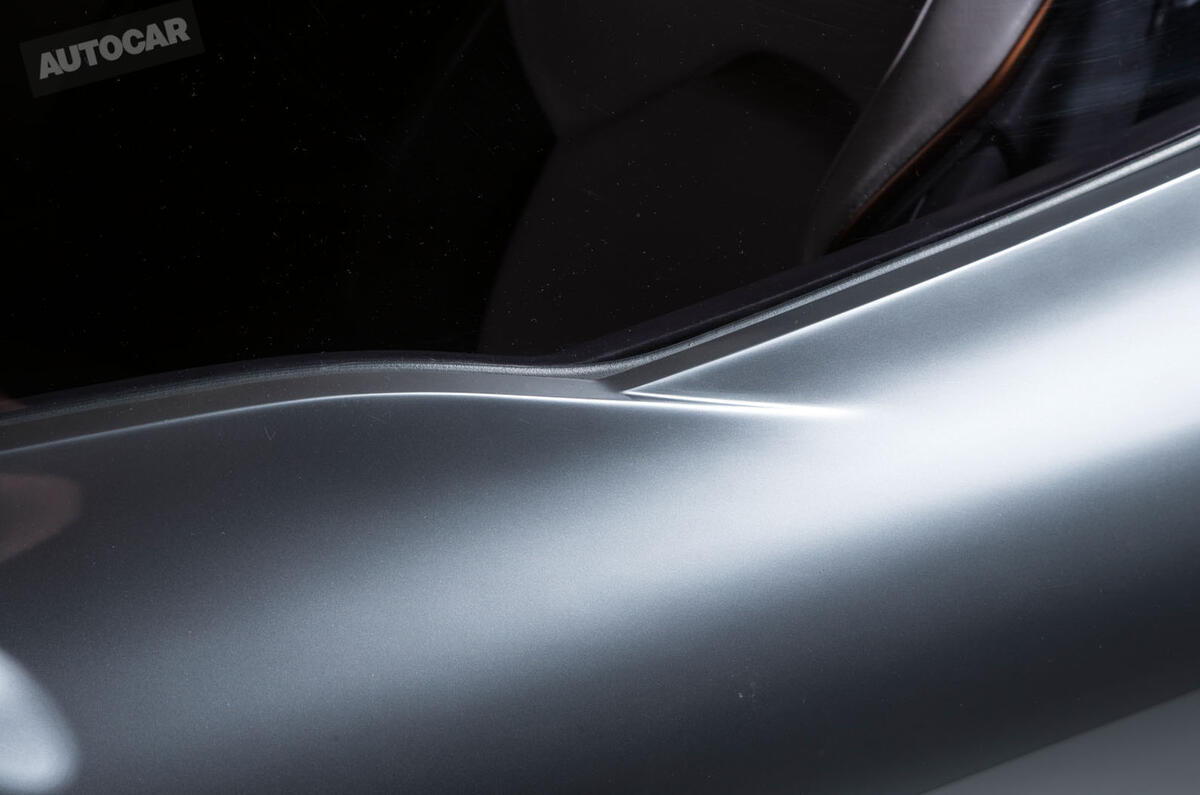
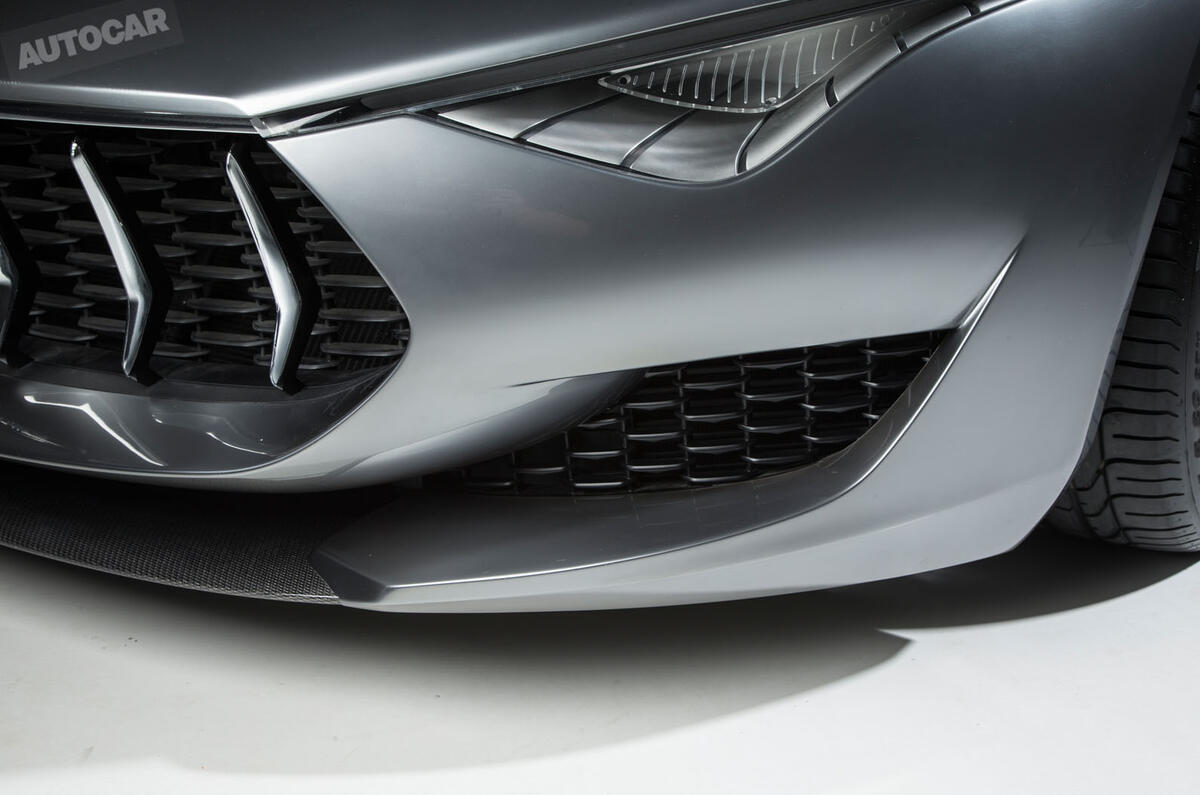
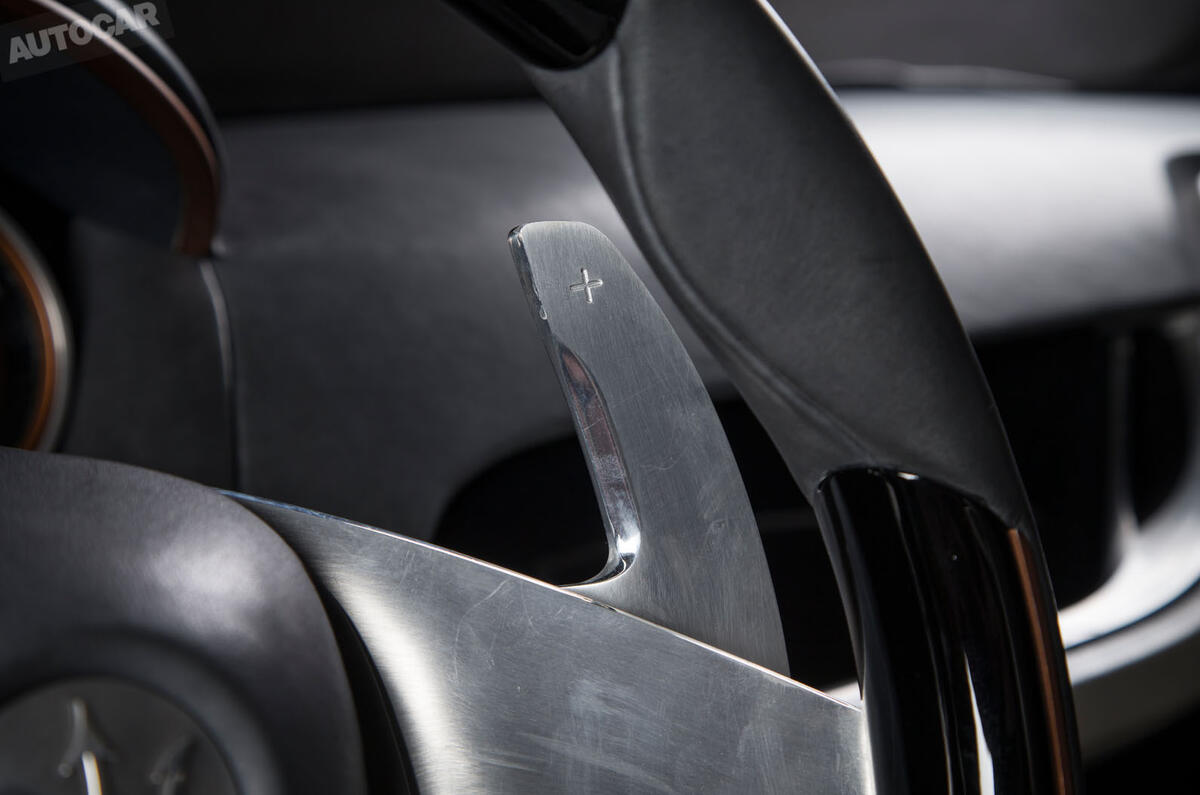
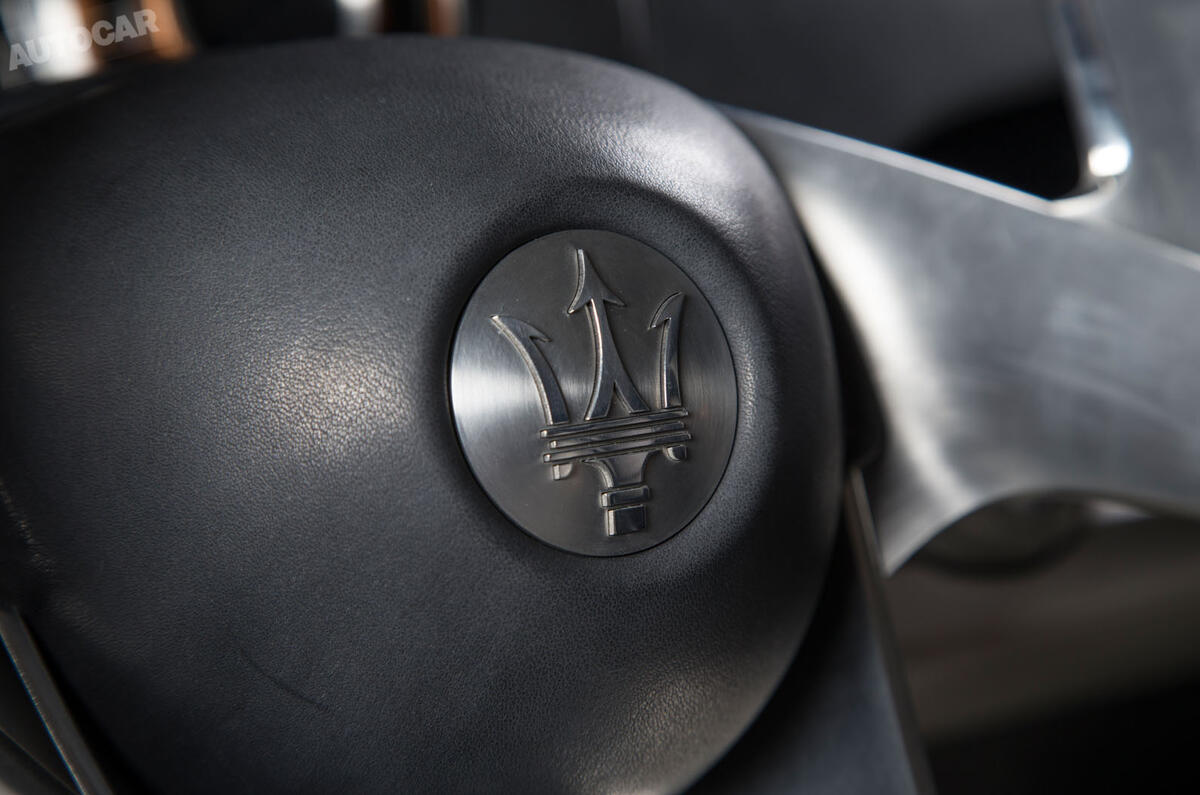
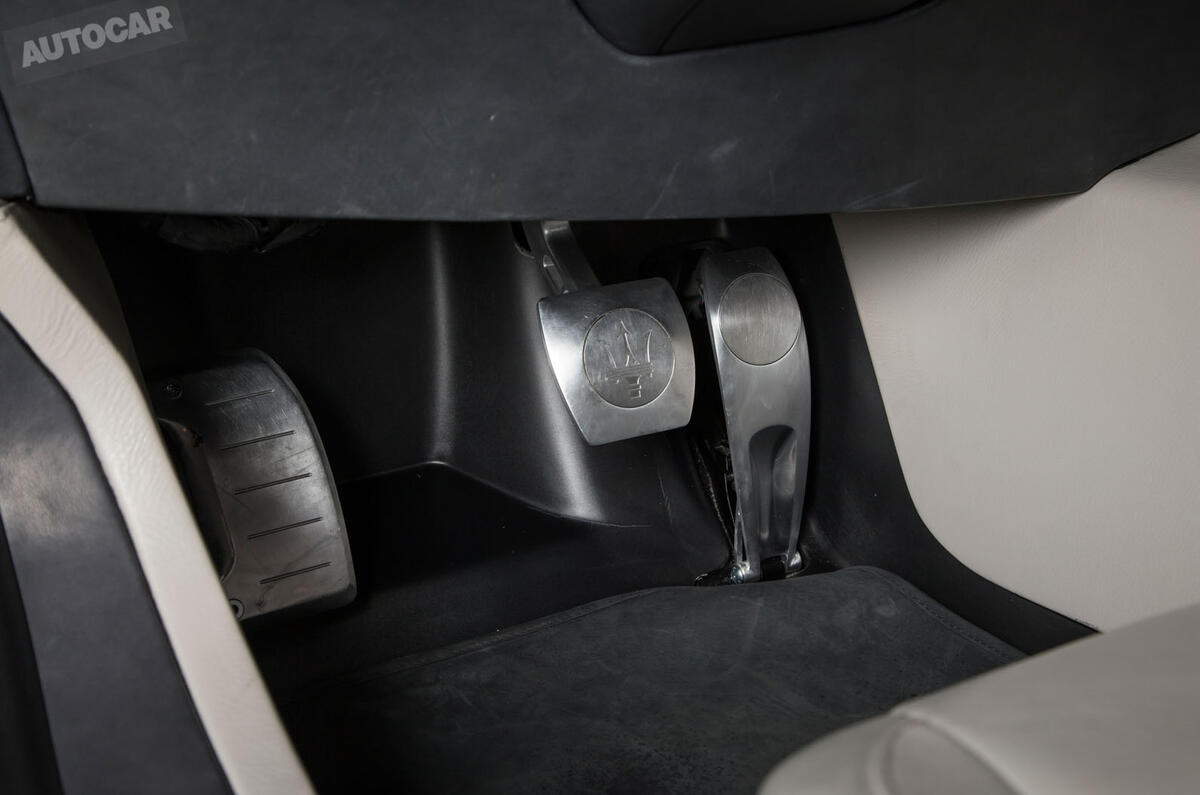
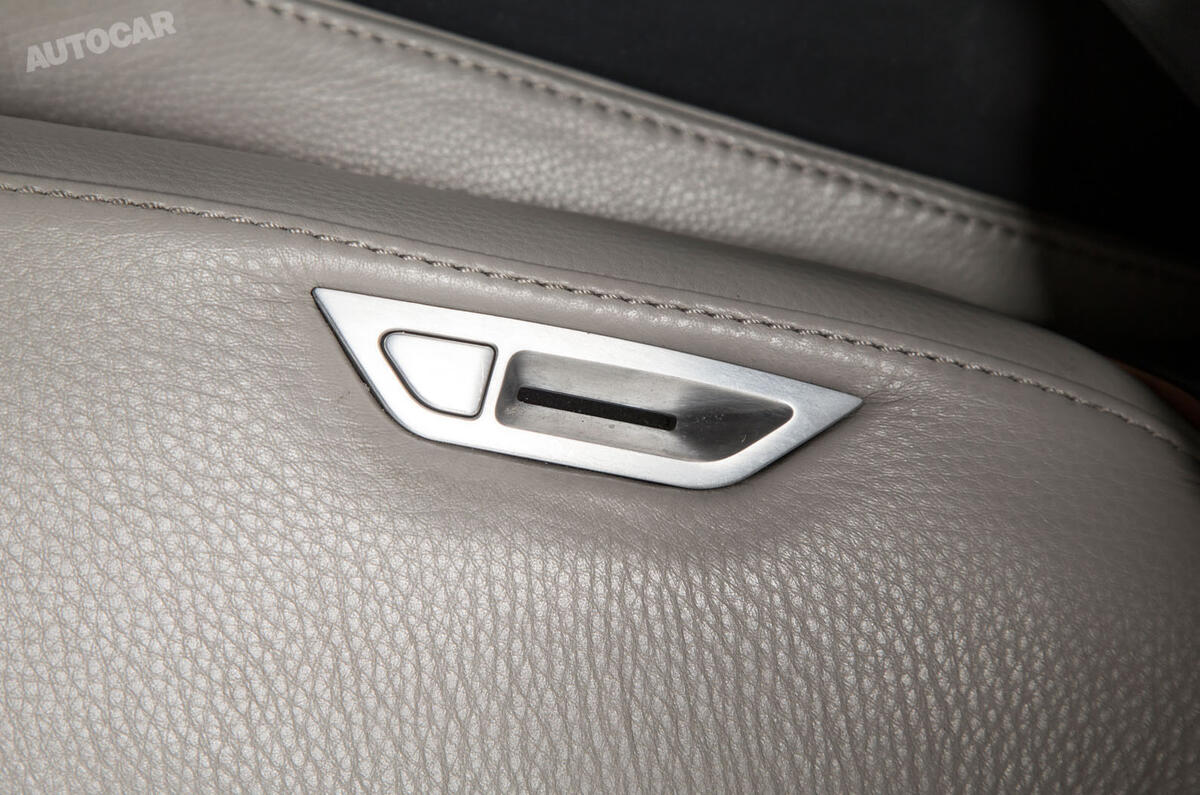
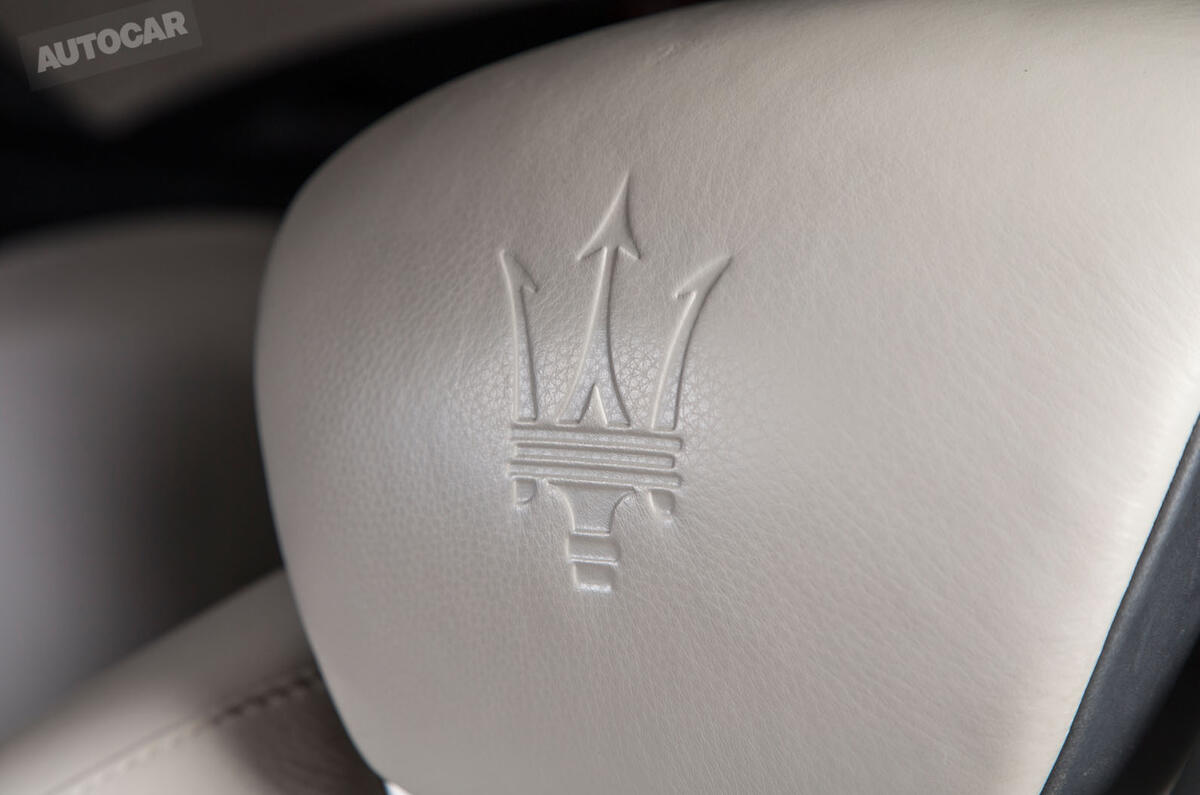
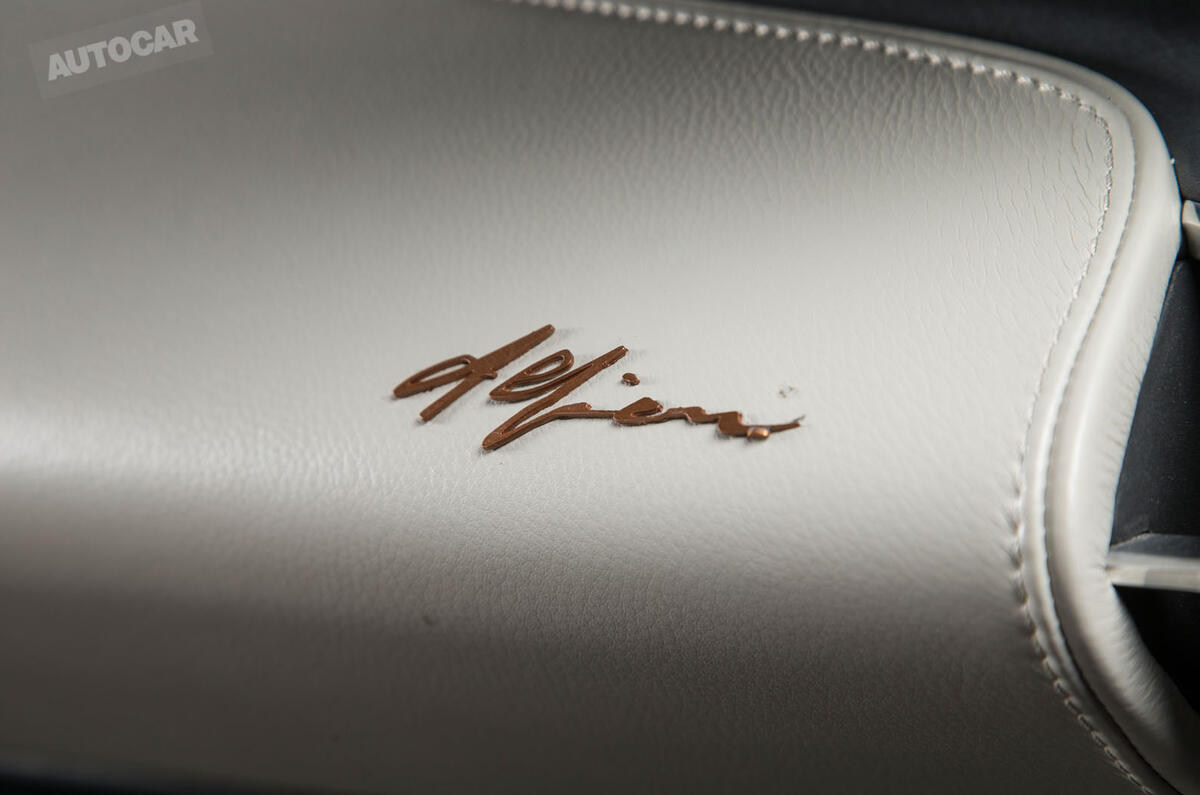
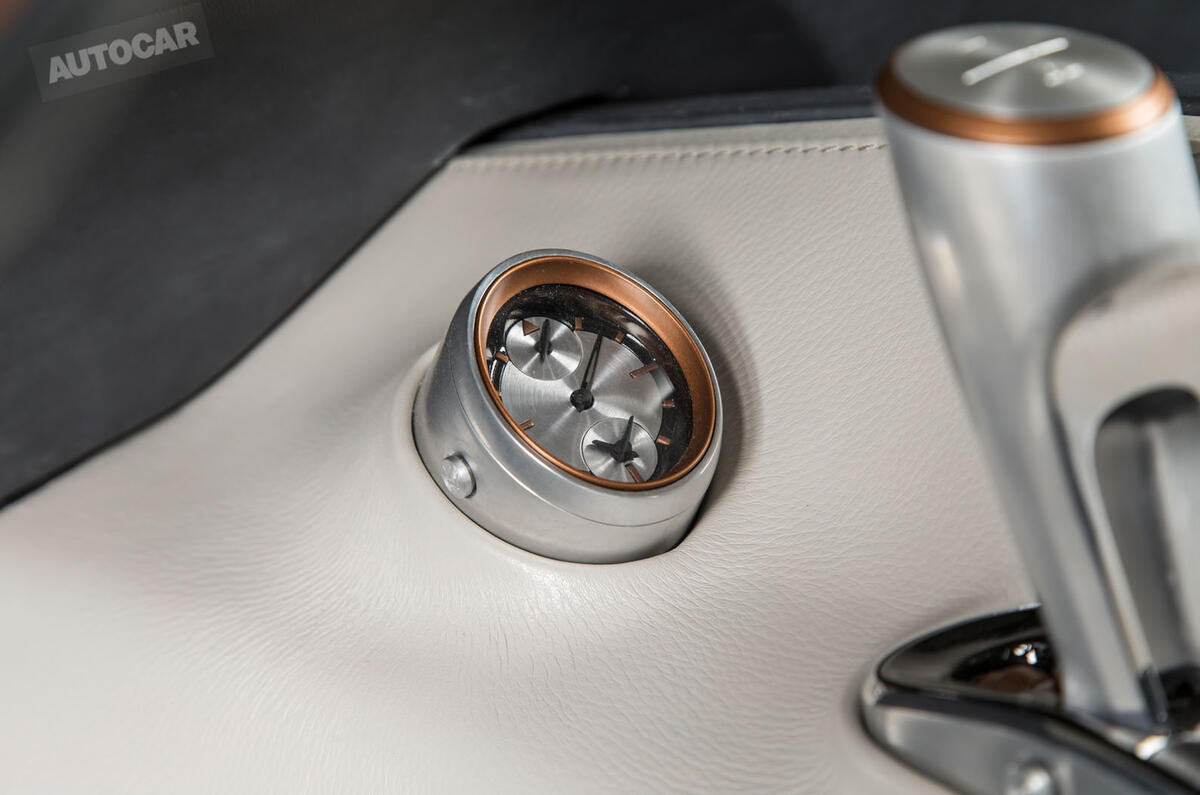
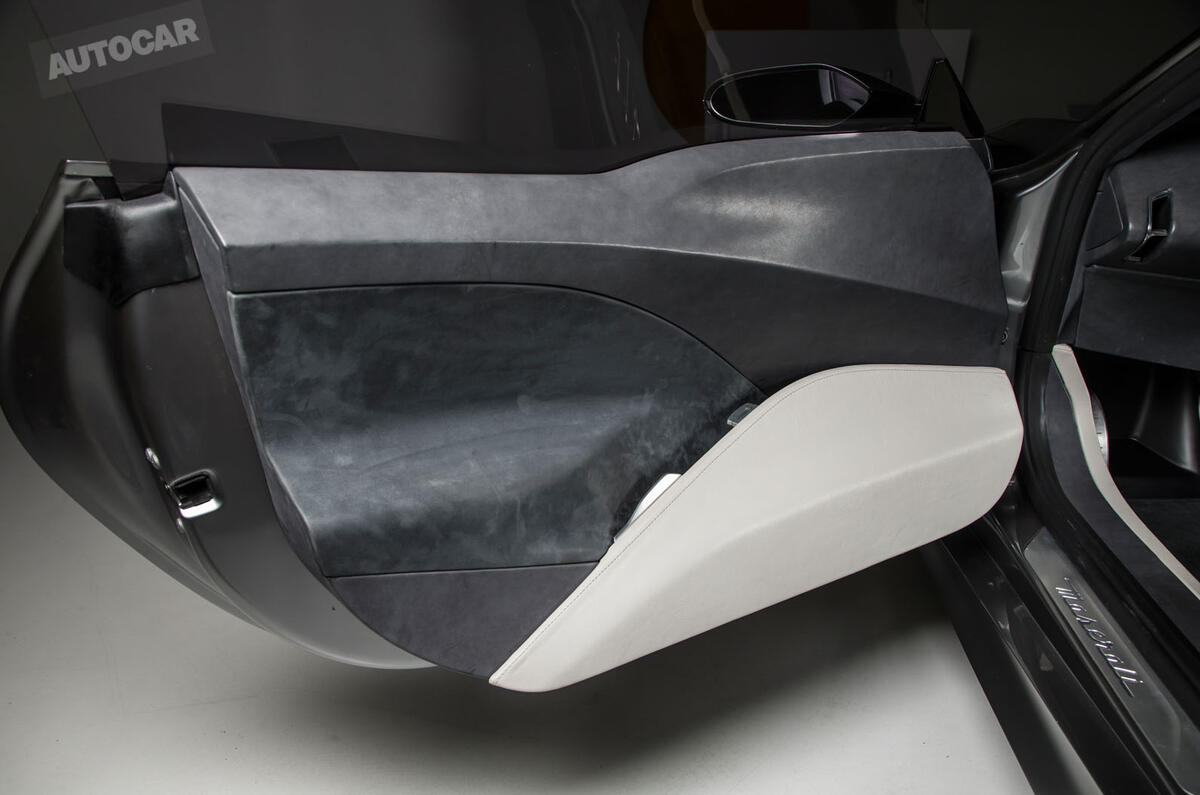
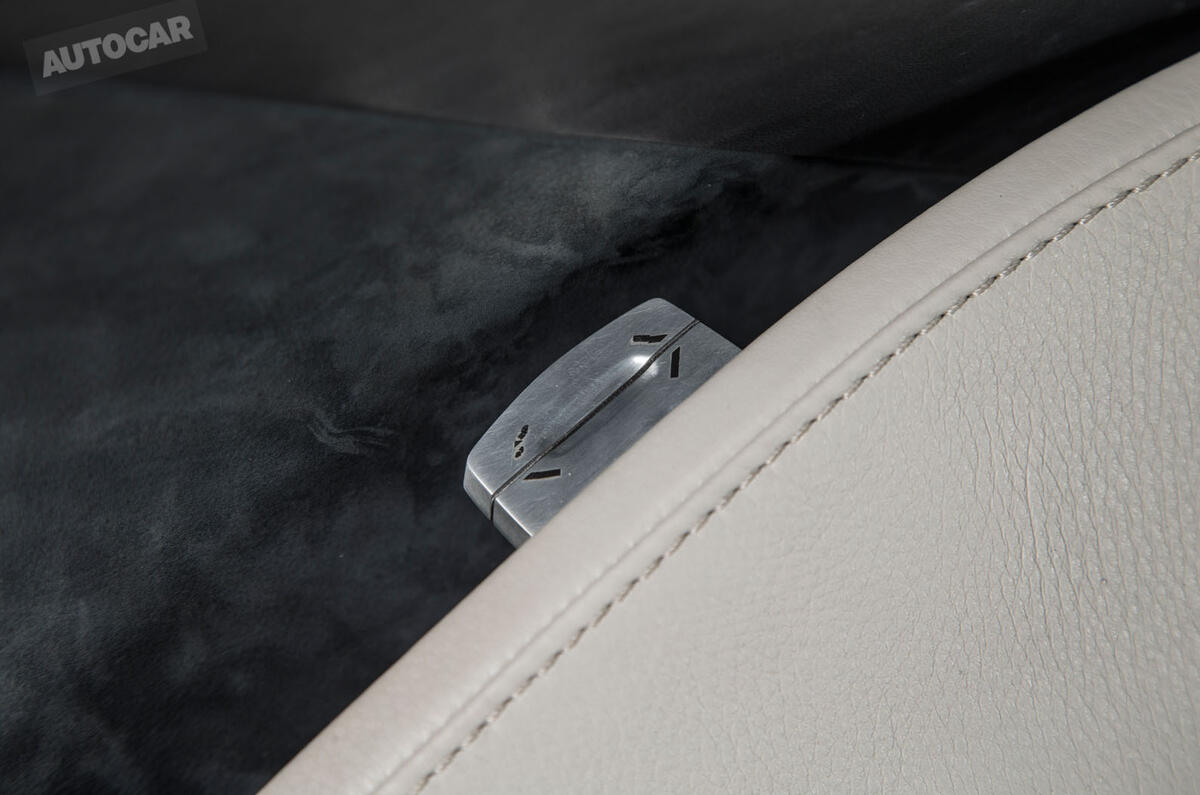
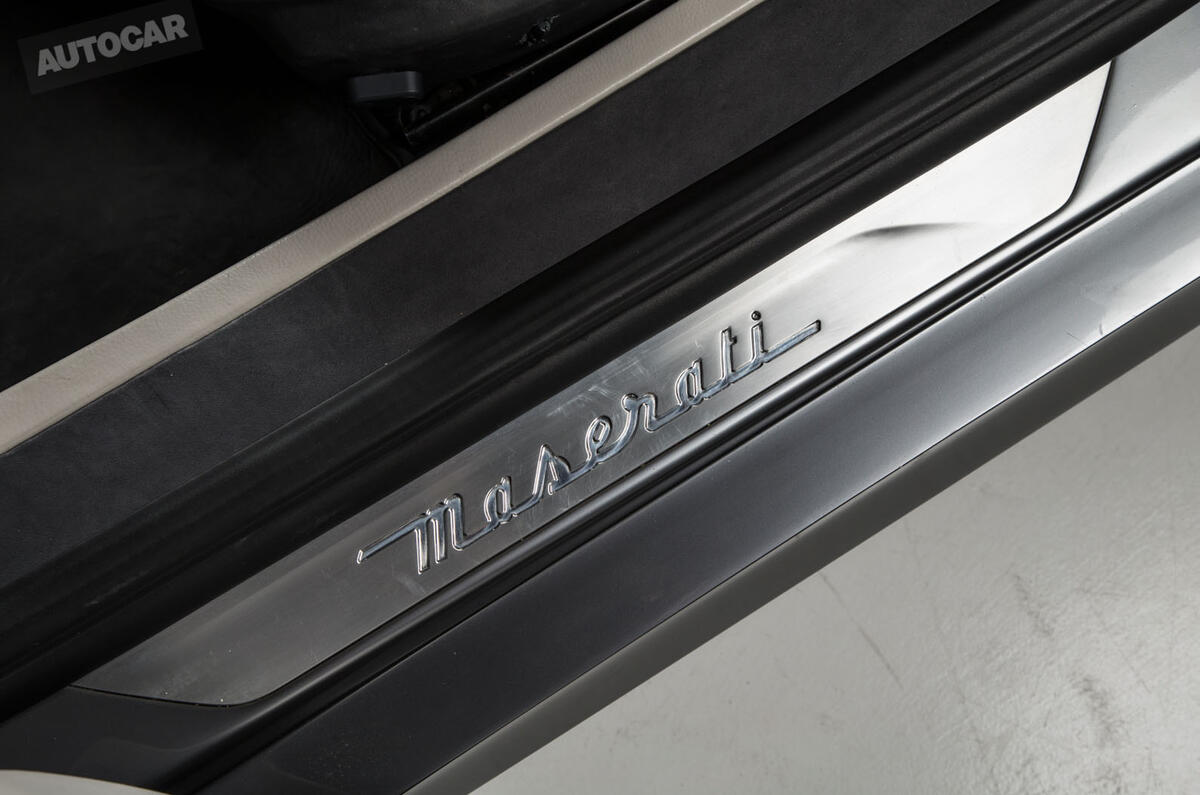
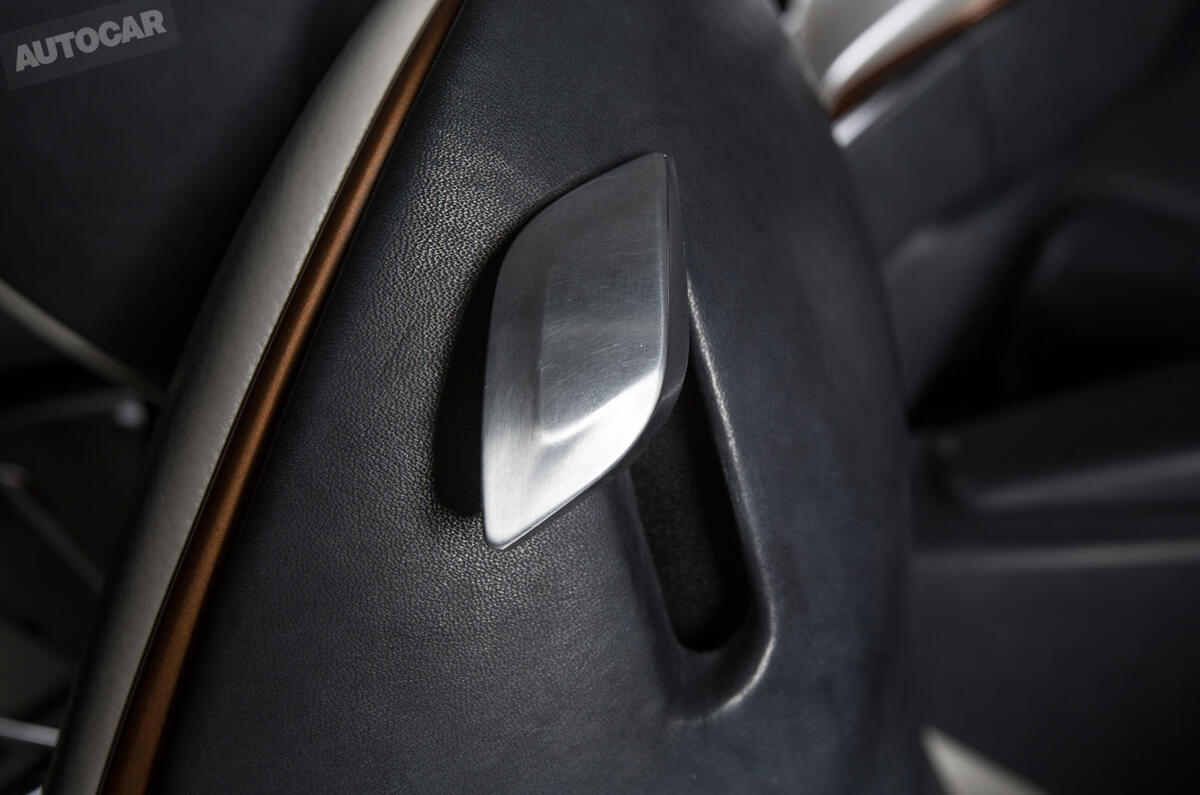
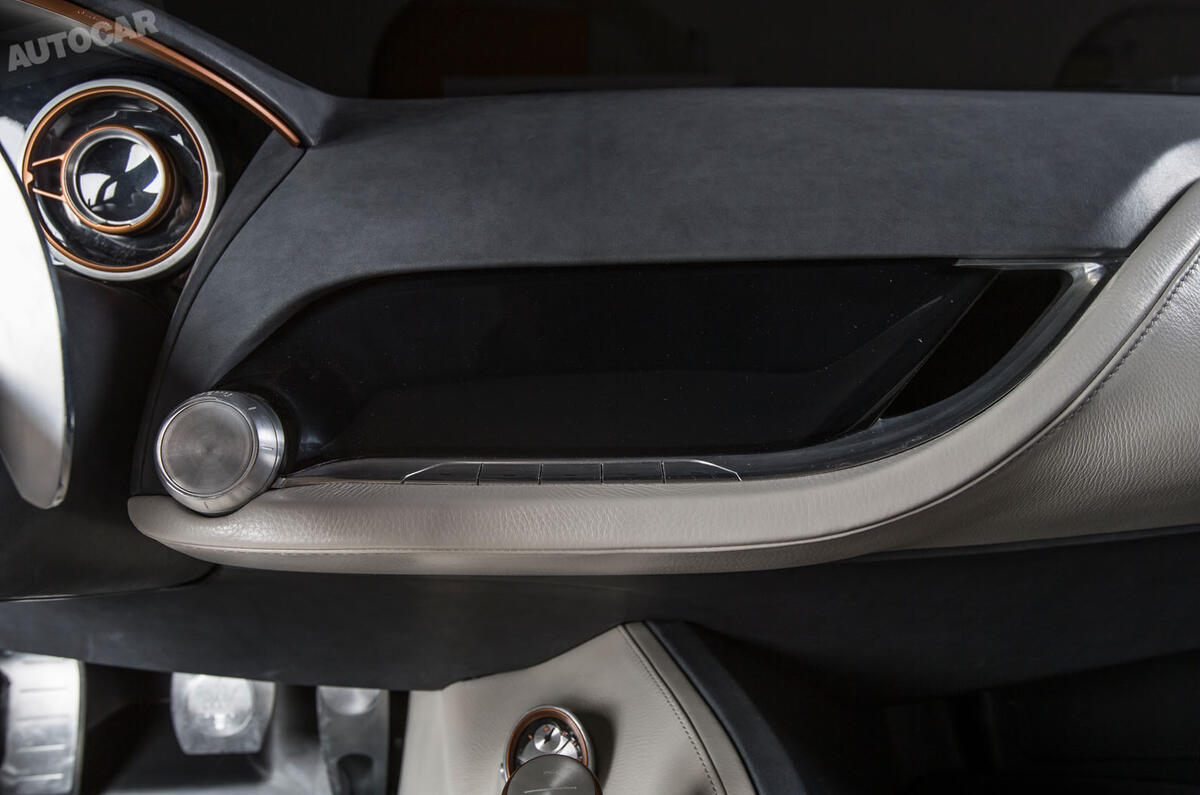
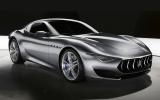
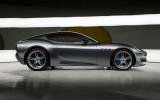
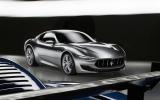
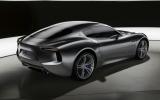
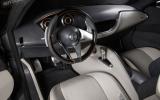
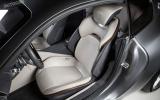
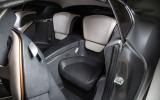
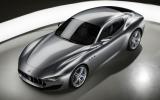

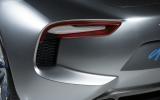

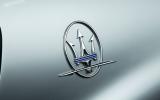
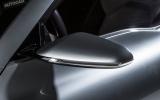

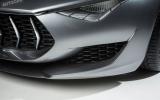

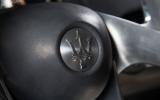
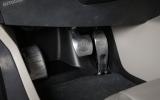
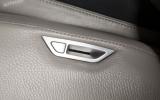


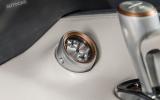
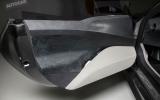

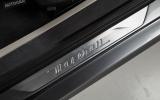
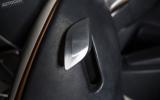
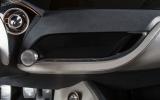






Add your comment
new most beautiful sports car ever
Yes and No
Nice but...
Well, actually, the GR1 does this a lot nicer.
The Maser is utterly ruined by front end...